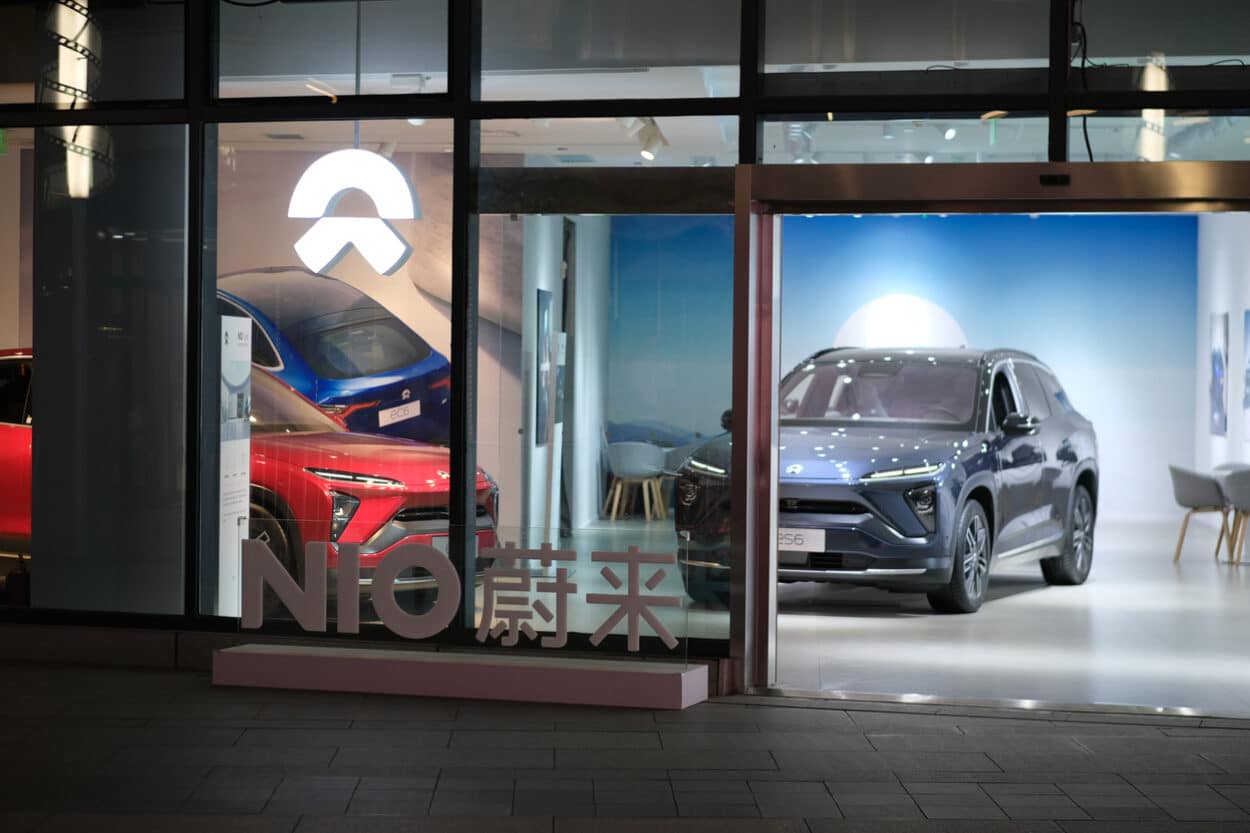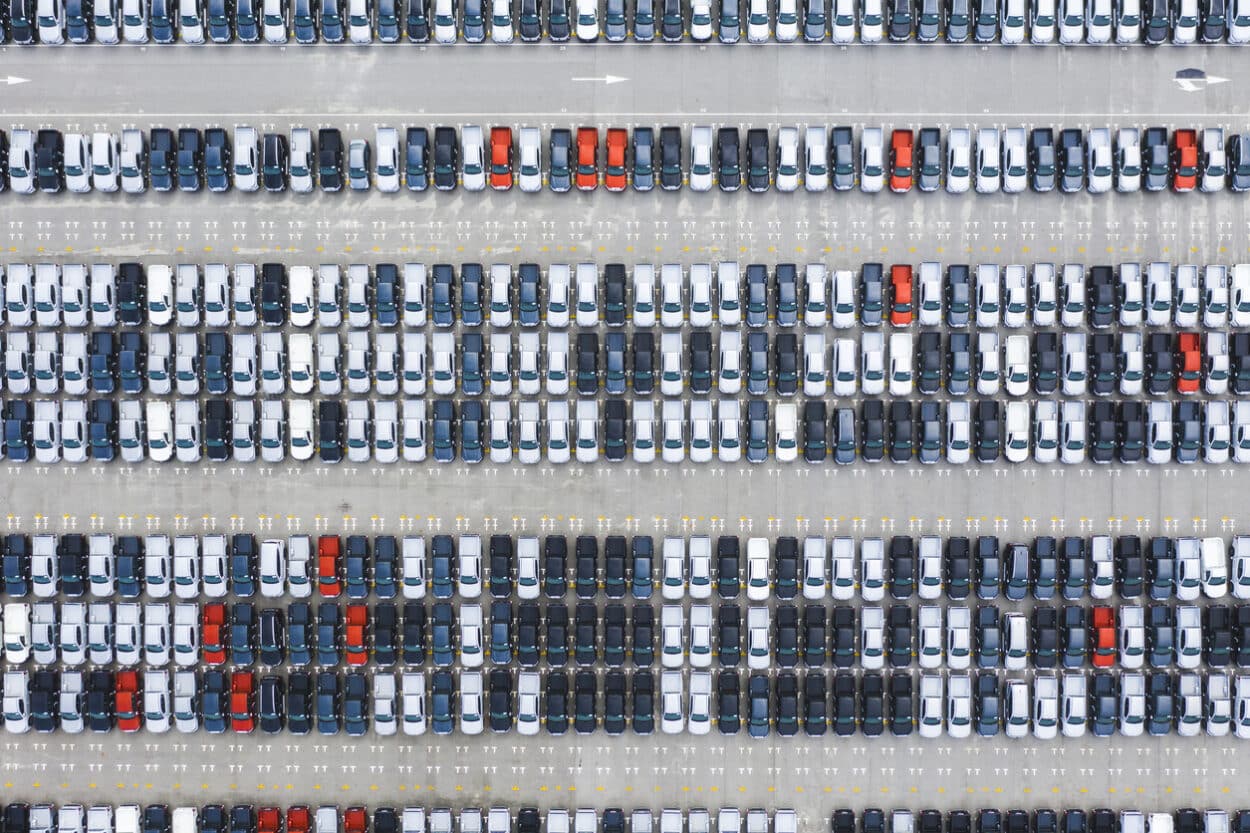Last year saw China overtake Germany to become the world’s second-largest exporter of cars by volume, lagging only Japan. It’s been a long time coming for China which since 2009 has been both the world’s largest car market and producer. In 2022 China exported 2.529 million passenger vehicles, up 56.7% from 2021, out of an overall figure of 3.111 million including commercial vehicles.
However, the number of cars only shows half the picture. In 2021 when China was the fourth largest exporter by volume it was only twelfth by value, behind both the Czech Republic and Slovakia. This was still an increase from the seventeenth position in 2020 but it should also be noted that in 2020 the value of imports to China was more than four times those of exports.
Up until 2021, the number of Chinese car exports had never exceeded a million. This was at least partly due to the focus before on ICE cars. Bala Ramasamy, Professor of Economics, Associate Dean, China Europe International Business School explains:
“Ten years ago, Chinese car producers, were only involved in ICE cars. Chinese car producers had to compete with established producers from Japan and South Korea. So, the focus was more on the fast-growing domestic market, and as for exports, it was mainly to developing countries.”
Still, in 2022 only three of China’s top ten export markets namely Belgium, Australia, and the United Kingdom were developed markets with the remainder all emerging markets. In the case of China’s eighth largest market Russia, it may also have benefitted from western sanctions limiting the competition.

Electrified Growth
New energy vehicles (NEV), the umbrella term that China gives to both fully electric and PHEVs cars, are certainly one of the driving factors for the growth in exports over the last couple of years. In 2022 China exported around 679,000 NEVs an increase of about 120% over 2021.
Tesla was the third largest exporter overall but led Chinese NEV exports with the Tesla effect accounting for about 40% of this figure with 271,000 units. The three largest export markets for NEVs were Belgium, the UK, and the Philippines.
Merics (Mercator Institute for China Studies) reported that in the 15-month period up until March 2022, cars carrying Chinese brand names only made up 2% of Chinese NEV exports to the EU. Tesla China on the other hand accounted for 49% while Chinese-owned brands such as MG and Polestar added an additional 35%. The remaining 14% were made up of cars like the Dacia Spring and BMW iX3 which are manufactured in China by European joint ventures.
What is currently a wave may soon turn into a tsunami. Key to that will be China’s ability to supply more affordable EVs than legacy producers are currently able to. Tu Le, Founder, and Managing Director of Beijing-based Sino Auto Insights says,
“Expect exports to continue to climb and the number of EV exports to dwarf ICE exports, specifically in the EU/UK where they will ban the sale of ICE vehicles by 2035/2030.”
Still Fuelled
Although NEV sales have helped the growth in Chinese exports they do not fully account for the sudden rise and it would seem that China is having considerable success exporting ICE vehicles as well. SAIC which has both the MG car brand and LDV commercial vehicle brand was China’s biggest exporter with 906,000 vehicles and Chery held second place with 452,000.
While China was the first country to experience disruption from the initial COVID-19 wave it was also the first to recover in 2020 and this may well have helped with the advancement of exports in 2021 as the rest of the world suffered severe disruption. Ramasamy adds,
“I think the fact that the Covid pandemic was quite contained in China in 2021 could have also given China and its production capacity an edge against its rivals in South Korea and Japan.”
China may be one of the leaders when it comes to EVs but most Chinese producers have also made great strides in the competitiveness of their ICE vehicles. With many countries suffering from a cost of living crisis due to high inflation and energy prices perhaps the value proposition offered by Chinese cars is helping with sales.
Speeding Ahead

With many Chinese producers only really just getting started with exports, numbers going forward are likely to snowball. BYD which with combined EV and PHEV sales sells far more electrified cars than Tesla only exported 55,916 cars in 2022, yet that was a 307% YoY increase. Furthermore, BYD is pushing to locate factories overseas, the first of which will be in Thailand. According to BYD,
Advanced technology to produce right-hand drive vehicles will be adopted in this plant which is expected to start operation in 2024 with an annual production capacity of about 150,000 vehicles. The products will be marketed in Thailand and exported to neighboring ASEAN countries and other areas.
Additionally, BYD has been linked to a possible purchase of a Ford production plant in Germany.
We are also likely to see increasingly expensive cars exported from China. Start-up Nio, which broadly competes with the German premium brands, has plans to enter 25 overseas markets by the end of 2025 which will cover most of the EU, along with the US, Japan, and some other developed markets. Le says,
China will within the next few years take the crown from Japan and be the largest exporter of passenger vehicles and that growth will be attributed to shipments to Southeast Asia and more to the EU.
China seems finally to be taking the road traveled by Japan and South Korea before it became a global powerhouse in the car market.











